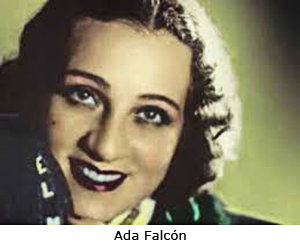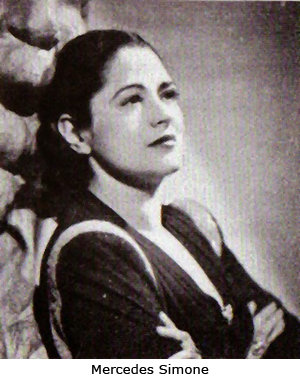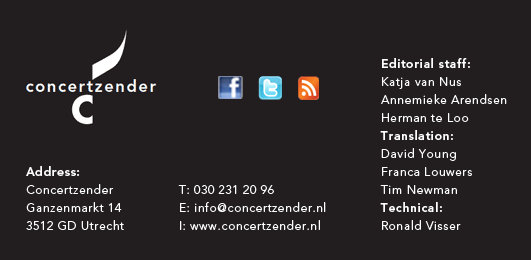    |
|
The attentive listener to our programme Tango: song of Buenos Aires, that is broadcast on the third Friday evening of the month, will already have noticed that we have started a new series:
Ladies of the Tango. 
Part
3 of the series is broadcast
on 18 December at 22:00 CET.
Programme maker Joep à Campo, who is also the author of the book Tango, lied van
Buenos Aires explains:
“At
the end of the 19th century and the beginning of the 20th century
Argentina was the promised land for millions of emigrants, primarily
from Southern Europe. This massive transatlantic migration resulted
in
an excess of men in the
country for several decades. The tango was born
during this period and this passionate music and dance is the outcome
of a society that was dominated by men. Our programme Tango – Song of Buenos Aires looks at the implications for the texts of the tango songs.
Male interests
The
text of a tango song typically concerns male interests. The
complexity of women in the real world is reduced to a small number
of stereotypes in the tango songs (the loving and adored mother,
the abandoned dancer, the unfaithful wife, the languishing fiance,
and so on). These are concepts that were created in the minds of men, a
point of view that considered women to be completely alien.
It
is no surprise that there were few female songwriters at this time.
Some female musicians and orchestras did exist, but were never
recorded. It is revealing that some women (such as Azucena Maizani)
chose to perform dressed as men or published their work under a
male pseudonym (such as María Luisa Carnelli who used the
names Luis Mario and Mario Castro). This male bias existed in
the world of tango dance, many more male dancers that female dancers
from this period are known by name.
Similarly, male singers of the tango canción
(the tango song) were more numerous and better known. Gardel,
Corsini, Magaldi, Dante, Vargas, are just some examples, and they have
very
few female counterparts.
Many people thought
that a female voice was less suitable
for the tango, too high, too
shrill or too refined. However, there were some female
singers (not surprisingly they often had
mezzo or
alto voices). They
rarely perfomed in dance halls
and concert
halls and were
mostly recorded in the studios
for radio and films. This
has resulted in many recordings still being available and these
recordings are the basis for the series Ladies of the Tango.
Mercedes Simone, Ada Falcón
and Libertad Lamarque are some of the best
known manes, but other less well known singers can also be heard in the
series.“
The earlier programmes in the series Ladies of the Tango van still be heard via Radio on Demand:



| |
    |

